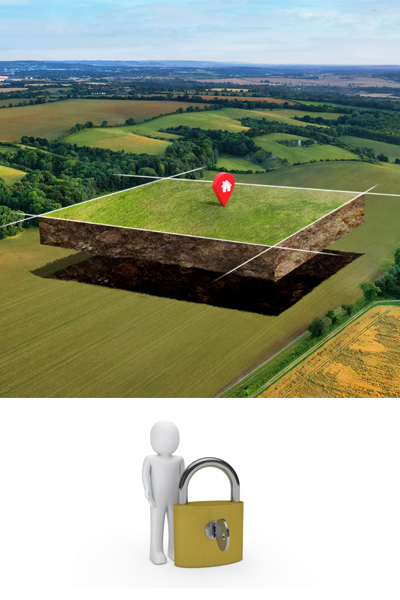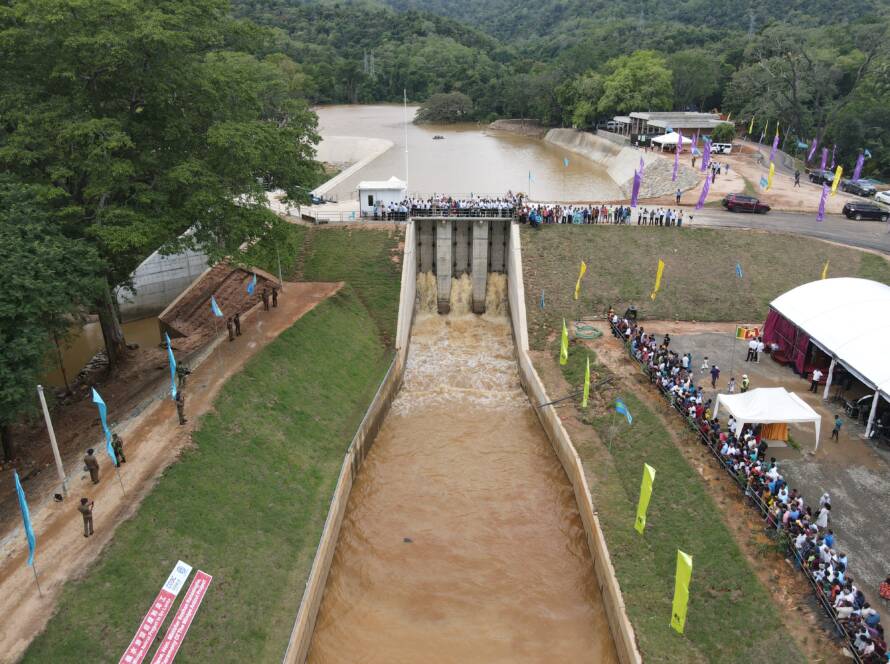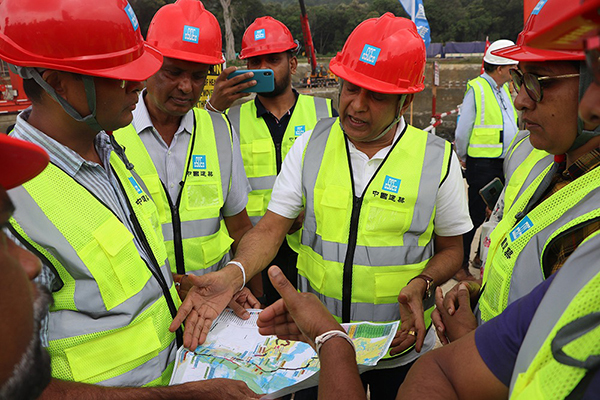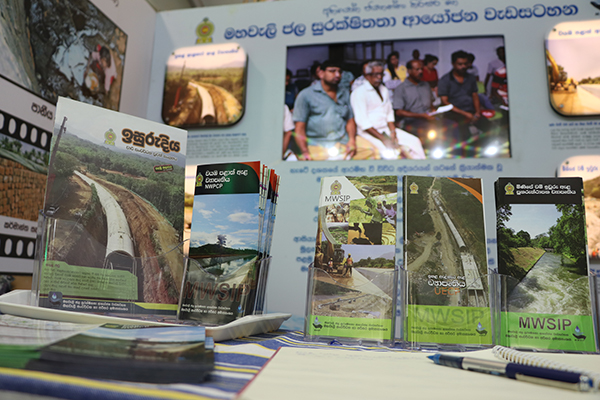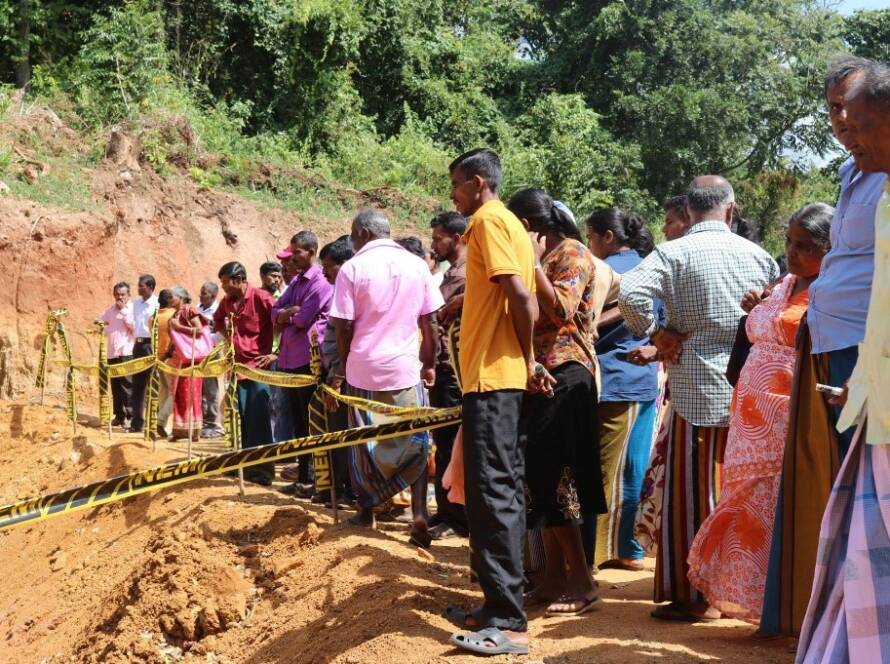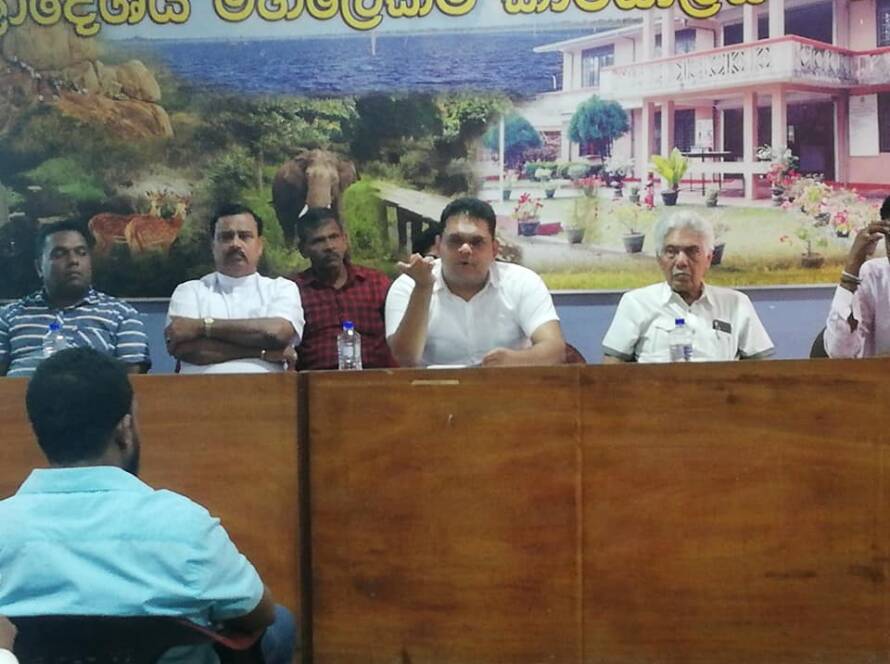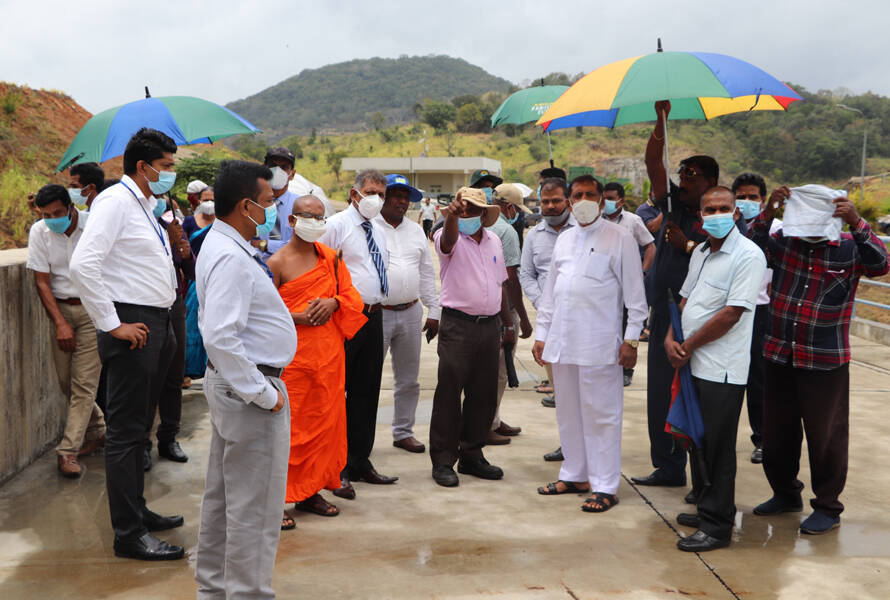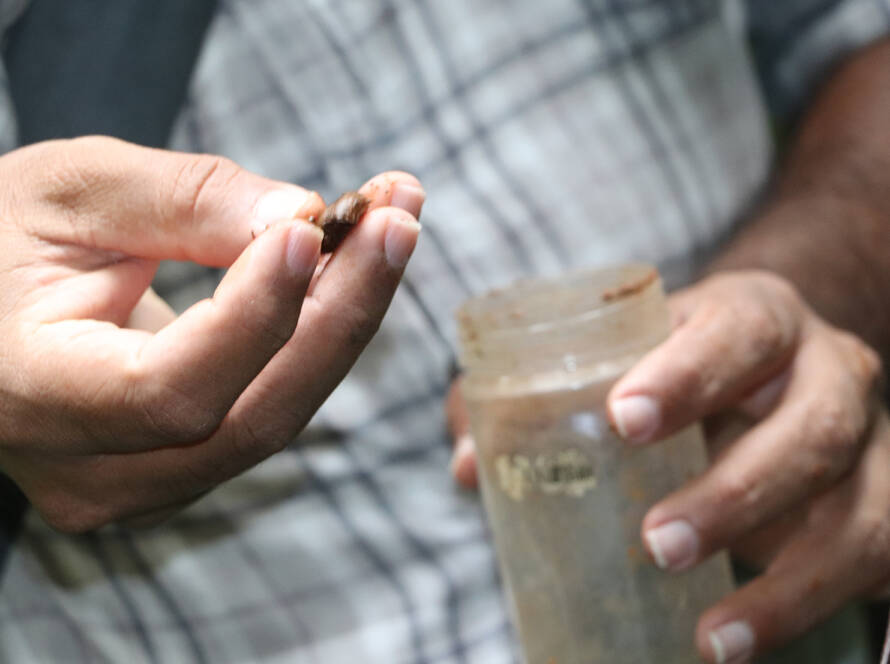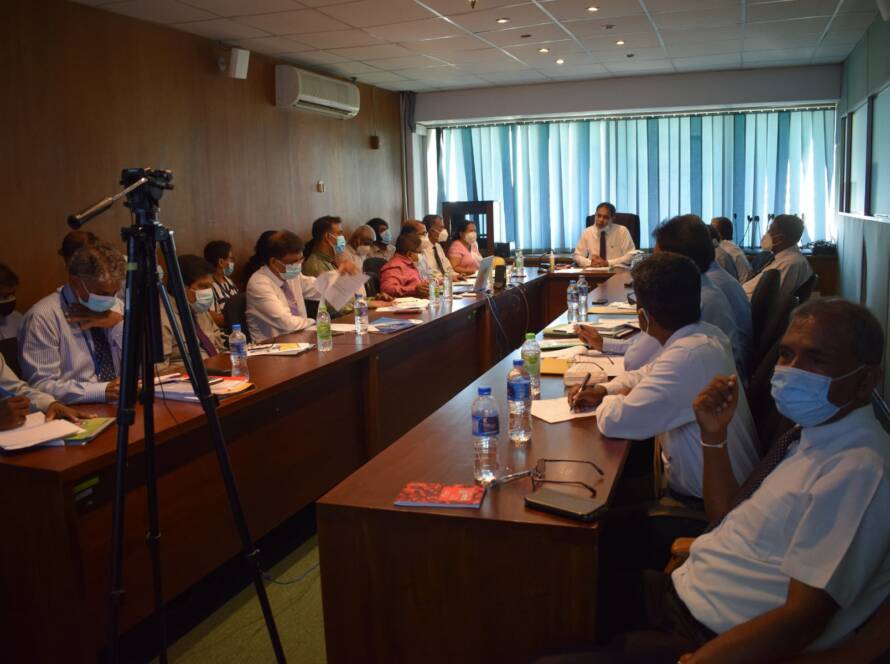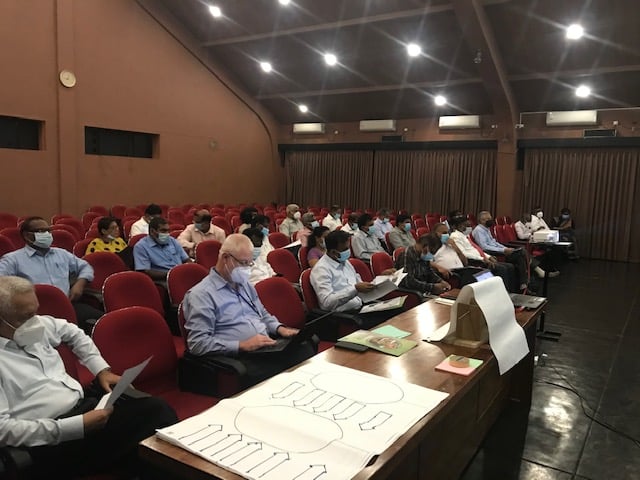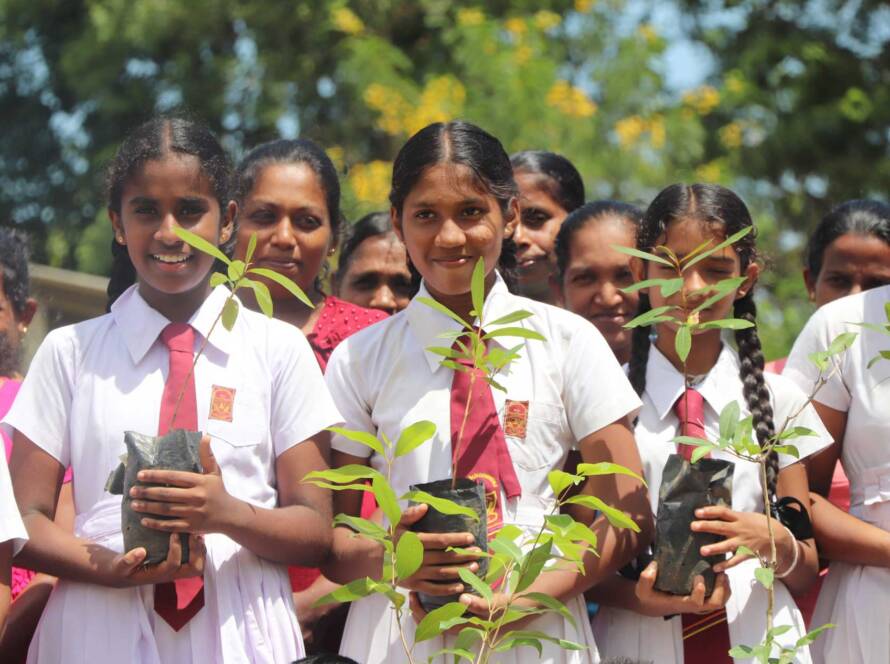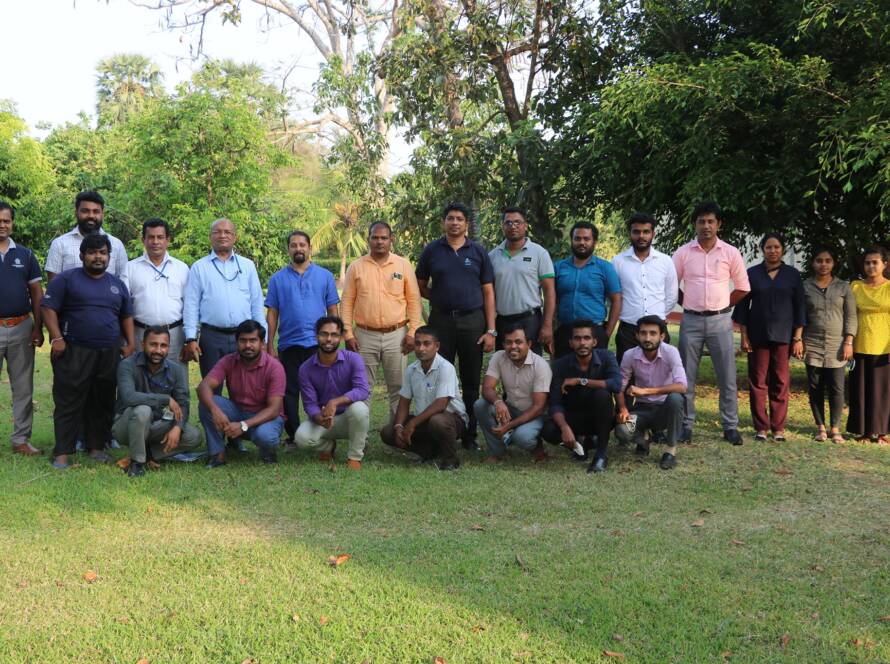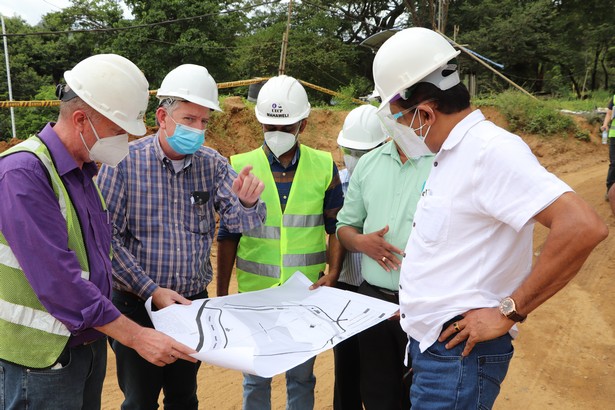Social Safeguard & Resttlement
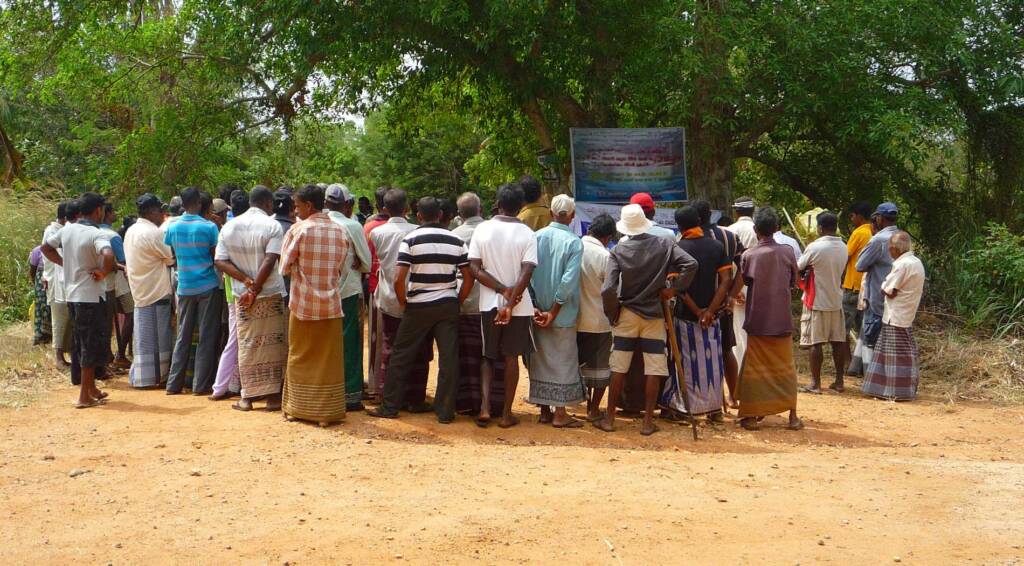
Social Safeguard & Resttlement
MWSIP pays close attention to social safeguard management and compliance with correct implementation procedures of resettlement policies. According to the provisions of legal enactments, regulations and policy principles, the procedures are established to compensate the project-affected persons (PAP) of the program. The Program has already introduced the Grievance Redress Mechanism (GRM) to resolve relevant grievances that may arise during the Program’s implementation. Committees to resolve the grievances have been established at different administrative levels within the three Project areas (UECP, NWPCP, MLBCRP). The social safeguard measures are addressed under two components as lands acquisition and resettlement/relocation. The component of land acquisition is implemented by divisional secretaries with the assistance of other agencies, whereas resettlement is directly handled by PMU & PIUs. However responsibility for both aspects is held mainly by PIUs with the support of PMU.

The subject of lands acquisition is governed under the provisions of the Land Acquisition Act of 1950 and its subsequent amendments. Each Divisional Secretary is responsible for the acquisition of lands as an acquiring officer where the lands subject to acquisition are located within his or her Division. Normally completion of land acquisition for a lot will take 71 or 72 weeks and involves a number of institutions. This process aims to safeguard the rights of affected people, who are given access to the grievance redress mechanism introduced by this law. The process of land acquisition is outlined below as an aid to understanding.
Comming Soon..
The policy for resettlement aspects has been determined under the National Involuntary Resettlement Policy (NIRP) in 2001 by the Government of Sri Lanka. The key requirements of NIRP are given below.
- Take all necessary steps to avoid or reduce involuntary resettlement.
- Prepare a comprehensive Resettlement Implementation Plan/Resettlement Action Plan (RIP/RAP) where 20 or more households/families are affected. If less than 20 families are affected the NIRP still applies. But a RAP/RIP can be prepared to a lesser level of details.
- Where involuntary resettlement is unavoidable, affected persons should be informed and consulted on resettlement and compensation options.
- Affected persons should be fully involved in the selection of relocation sites, livelihood compensation and development options at the earliest opportunity.
- Cash compensation should be an option for all affected persons. Replacement land should be an option for compensation in the case of loss of land.
- Compensation for loss of land, structures, other assets and income should be based on full replacement cost.
- Resettlement should be planned as a development activity for the affected persons.
- Absence of formal title to land by some affected persons should not be a bar to compensation.
- Particular attention is to be paid to households headed by women and vulnerable groups among affected persons and assistance provided to help them improve their status.
- The full cost of compensation and resettlement should be borne by the project.
Accordingly if 20 or more households/families are affected by the any development project, it is mandatory to prepare a Resettlement Implementation Plan/Resettlement Action Plan (RIP/RAP) under NIRP guidelines. However RIPs have been prepared for all households affected by the Program under MWSIP, irrespective of this guideline. The following components are addressed by the RIP/RAP.
- Project description
- Potential impacts of the project
- Land acquisition
- Public participation and consultation
- Policy and legal framework
- Entitlements
- Relocation planning
- Rehabilitation
- Resettlement budget and financing plan
- Phased resettlement implementation
- Resettlement management organization
- Monitoring & evaluation
- Grievance redress and social mitigation measures
- Environmental impacts of resettlement
Due Diligence Reports (DDR) have been formulated for MLBCRP and for major access roads that will be required to parts of UEC & NWPC for construction, taking due account of social mitigation measures in specific aspects of the projects which are not covered by the RIPs.
Affected persons can seek assistance from Resettlement Officers attached to PIUs or make complaints to Grievance Redress Committees on lands acquisition issues and any other project-related issues. Project officials are ready to assist them on collecting documents for proving ownership of their lands and property as well as preparation and submission of ownership and compensation claims. The following documents should be submitted to acquiring officers for proving ownership status and compensation claims:
- Deed/s of the land/s subject to acquisition (private deeds, government grants, leases, permits and other similar documents)
- Abstract/s of the deed/s taken from land registry
- Description of ownership status of the property subject to acquisition
- Amount claimed as compensation for the property in details (Building/s, trees & crops, land/s, loss of business etc.)
GRCs are established at different levels in order to resolve complaints or issues that may be presented by the PAPs. The established GRCs are
- GRC at Grama Niladhari (GN) level
- GRC at DS level (Divisional Secretary)
- GRC at PIU level (Project Implementation Unit)
- National level (Ministry level or Program Management Unit)
PAPs in the villages can complain to the GRC at Grama Niladari level. If the complaint cannot be resolved at the GN level, it will be submitted to the next level for resolution of the issue.
- DDR1 (Stage 1-MLBCRP)
- DDR2 (Stage 2,3&4-MLBCRP)
- DDR (Access Roads-NWPCP)
- DDR (Access Roads-UEC)
- RIP-NWPC (NCB1)
- RIP-NWPC (ICB2)
- RIP- UEC (ICB3)
